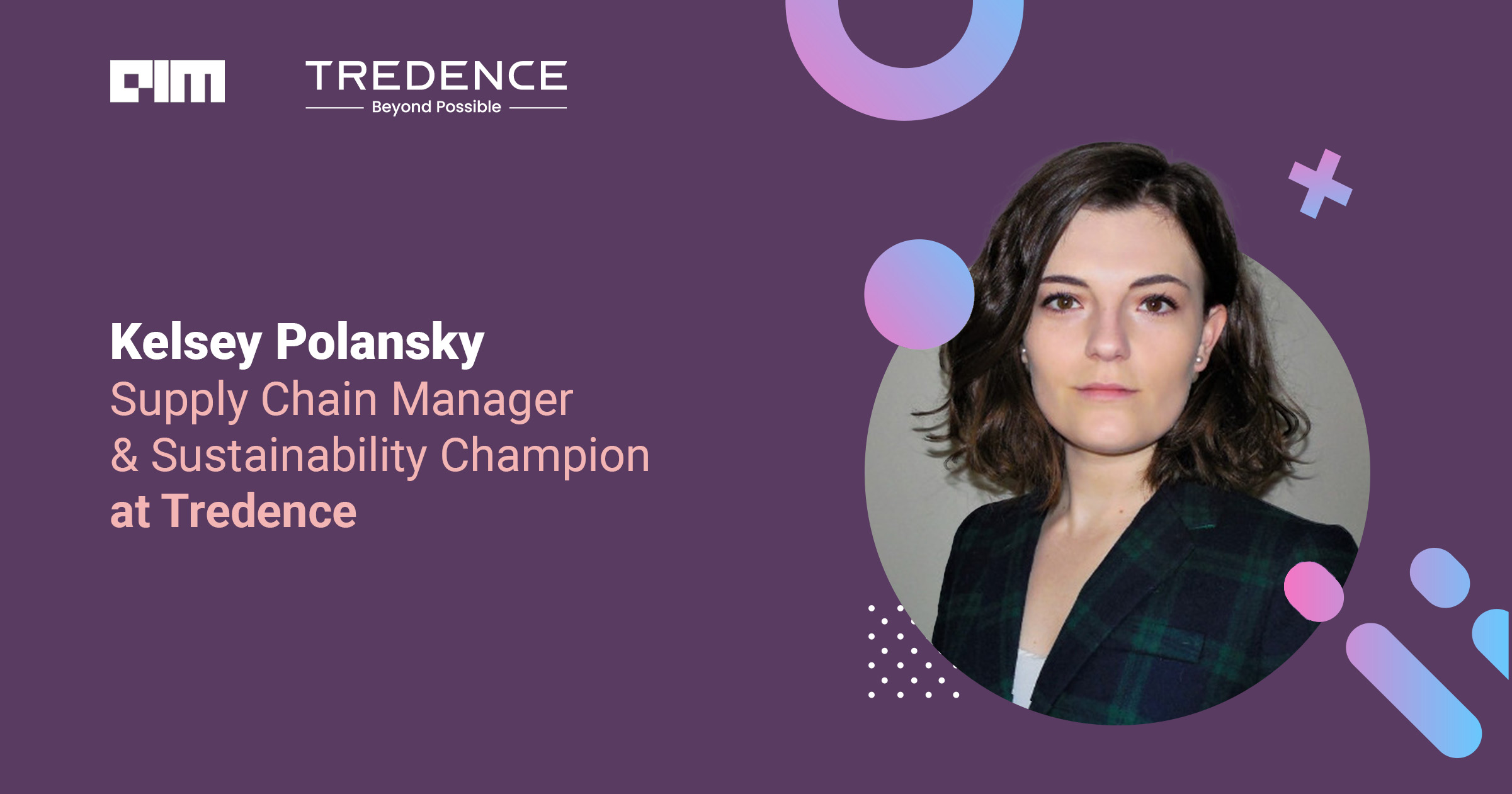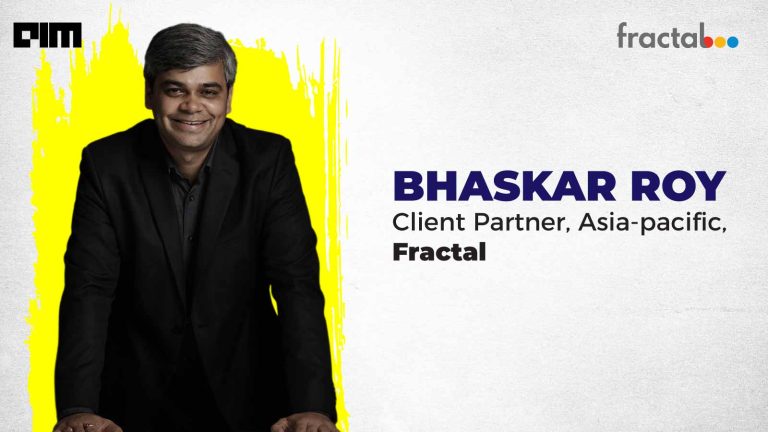|
Listen to this story
|
Even as sustainability turns into a global focal point for businesses, there’s a sense of scepticism that pervades the sector. Companies and clients alike haven’t been able to fully trust the ESG goals that the companies have declared. The introduction of predictive analytics can solve this murkiness to a great extent. It directs companies to areas that need attention and validates the decision-making that goes into ESG.
Analytics India Magazine caught up with Kelsey Polansky, the sustainability champion at Tredence, to understand how integrating predictive analytics can help companies sift through ESG data and lend more trust to the process.
AIM: Why are digital solutions critical for companies pursuing sustainability?
Polansky: In the current sustainability landscape, companies are held accountable by their stakeholders – consumers, investors, and regulators – to disclose quantifiable information on sustainability objectives like emissions.
Digital solutions help collect data that is disaggregated across an organisation more efficiently. It starts with helping companies understand where the relevant data is, collecting it and then recording it accurately and transparently to meet stakeholders’ demands. It’s not just about having accurate numbers, but also being able to draw insights from them so that they can work towards their sustainability goals.
AIM: How can predictive analytics be used to meet sustainability targets within a company?
Polansky: Predictive analytics comes in handy when it comes to helping companies gain insights. It’s good that companies have declared sustainability goals like setting their emission targets for 2030 – but a goal is only as good as a company’s ability to achieve it. Predictive analytics and making inferences from data help organisations look for different avenues to achieve their sustainability goals.
Taking the simple example of emissions again, when a company is looking to decarbonise, predictive analytics can divulge details on which of their assets are going to be responsible for a majority of their emissions. Companies can then introduce renewable sources of energy like solar panels in these manufacturing segments. Plus, predictive analytics also ensures that not only do you gather valuable data effectively, but also add business value to the company.
AIM: ESG normally covers a broad range of topics, where do companies start?
Polansky: ESG is the quantifiable side of corporate sustainability. It’s the environmental, social and governance pillars that define sustainability for companies. Where companies should start first and foremost are the areas where they’re anticipating regulation to arrive. So, as we’re seeing a lot of regulation around sustainability being introduced in the EU, across Europe, the UK, and the US, knowing the business segment where you’re going to be regulated first should be where companies should focus.
Besides, you also want to know which ESG topic areas are more materially meaningful for you. For example, for a CPG (consumer packaged goods) company, plastics and packaging is a vital area because that’s what the regulators are focusing on, plus it’s also what consumers are demanding as sustainable packaging becomes a growing trend. So, companies should ideally start with the spaces they’re anticipating regulation in, along with the most critical divisions within your company or industry.
AIM: How does Tredence help scale predictive analytics solutions quickly for clients?
Polansky: So, the standard process for implementing an ESG data solution involves identifying the key indicators within the scope of what you want to introduce the digital data solutions for. Then, collect the right data for which you set up the data lakes that support that. Once that’s done, a structure can be translated into customised visuals where you start to offer advanced capabilities for predictive analytics (like ML). This is where Tredence is helping clients.
We have accelerators across the entire process – from standard data models to data ingestion frameworks, insights for end-users and the data science framework that adds to the predictive modelling component. These accelerators save us between 30% to 40% time during the implementations for our clients. There’s always going to be customisation required for each client and their specific needs, but we’re helping companies reduce that time by using these accelerators.
AIM: What is the additional business value that can be found in digital solutions for sustainability?
Polansky: When using predictive analytics capabilities to drive sustainability goals, there’s a lot of additional business value that companies don’t necessarily realise can be chalked up as secondary benefits. The main benefits that we really see with our clients are cost savings and operational optimisation to reduce the time for standard processes.
For example, a manufacturing company that is using predictive analytics to assess overwork and optimise set points will eventually be able to reach energy and emission reduction throughout their manufacturing processes, but it can also introduce cost savings from cutting down energy usage.
Another example is from one of our clients from the grocery industry. Predictive analytics was used in their case for sales forecasting to optimise inventory, especially for perishable goods. So, by using predictive analytics they were not only able to look into their sales forecast to order inventory more productively, but they were also able to ensure that the inventory was moved sufficiently ahead of the expiry of the food. Together these efforts resulted in reduced wastage as well as cost reductions.












































































